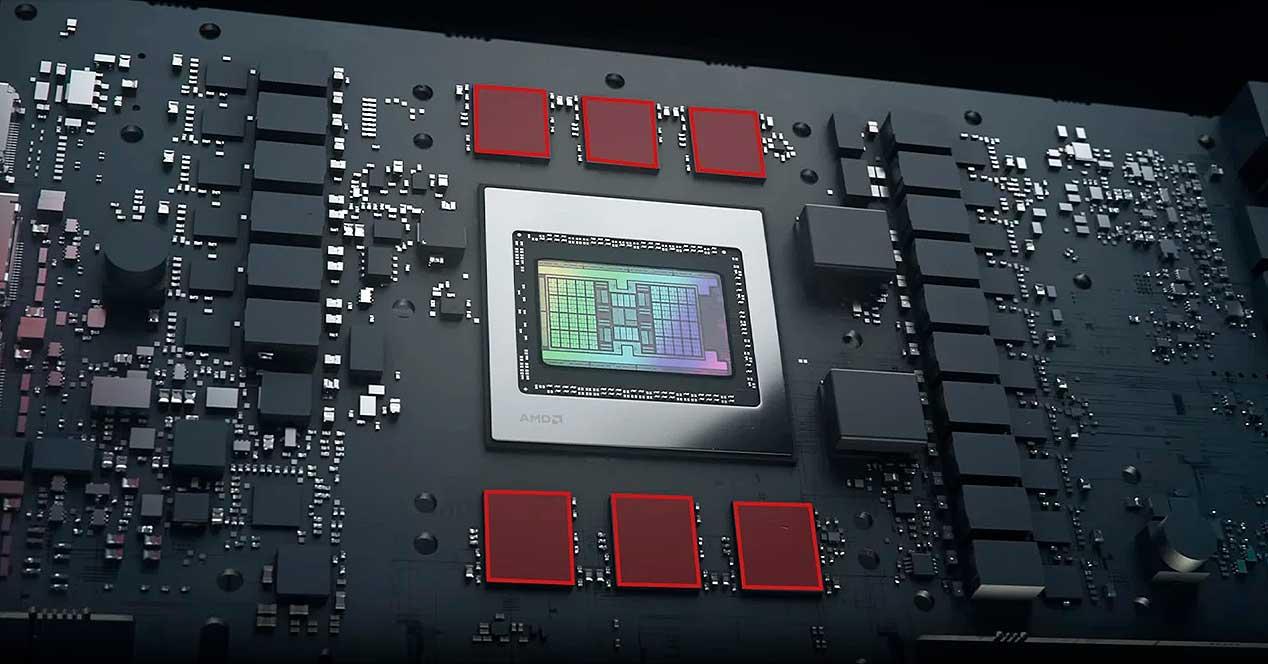We are living a historical moment that will give way to another really interesting one like DirectStorage, since we come from an intensive use of the so-called RAMDisk by the developers and after that we are going to see a much smoother communication of information from our SSD or HDD to the CPU, offloading the work to the latter. But it will also mean changes in the VRAM requirements for our GPU. How much VRAM will be needed to play 1080p, 2K and 4K?
VRAM is always in question, just like the system RAM of any PC or server, so further steps are needed to improve performance with it, as technological developments themselves take years to come. As a result and after the launch of the API as such by Microsoft for Direct storage for PC, how much VRAM will it take to play?
The Paradigm Shift and VRAM Allocation for Gaming
If we are going to unload the CPU as such, the number of calls to system RAM will be reduced and the allocation to VRAM will surely be higher. This conjecture is due to the fact that as of today there is no native game that supports DirectStorage and in addition to Microsoft’s announcement of the second stage that this API or another will have (it is not known s there will be a DirectStorage 2.0 as such).
What we do know is that the next step will be called “GPU decompressionand as such, it seems that Microsoft wants to give more importance to VRAM and its allocation from system RAM via the CPU, offloading the latter two and favoring the transfer of information via PCIe from the SSD.
That said, we’ll run through a series of estimates by monitor resolution to consider and what little we know about how much VRAM our next graphics card should have.
VRAM for 1080p
There is intense debate on the internet about this resolution and its VRAM as of 2023. This is, as we surely know, the most CPU dependent resolution among the “standard” resolutions, so if the CPU is relieved of so much I/O computation it’s more which is likely to significantly increase its minimum and recommended requirements.
Until now, 2 GB of VRAM was enough, but it seems that this amount will increase to 4 GB at least and 8 GB as recommendedwhich already implies us to enter directly into the mid-range of GPUs as soon as we are moderately demanding with a triple A game.
VRAM at 2K
With the same arguments and taking in to account that the weight of the textures is logically greater than in 1080p, here Microsoft already indicates that the use of an NVMe SSD is recommended to maximize the I/O performance of games.
Since the GPU will have direct access to the data on the SSD and will not have to load RAM with the consequent CPU usage, it is estimated that the capacity needed for this resolution with guarantees will be at least 10 GB of VRAM.
VRAM for 4K gaming
Controversial terrain, because here the little differentiation of the CPU is combined with the need for greater capacity due to the weight of the textures. This increasingly used resolution is debated, but if what Microsoft is trying to do is to avoid RAMDisks by loading textures in RAM, this means that with the drop in PCIe bandwidth and SSDs compared at the first, a more advanced use of the bus and therefore we will tend to try to saturate the VRAM to avoid and anticipate the import via the game cache systems.
In other words, we’ve gone from RAMDisks in system RAM to loading everything into VRAM to mitigate the lower bandwidth available from SSDs and so it looks like at least that’s stipulated 12 GB of VRAM already possible 16 GB of VRAM.
We will have to wait a little longer for the first native games with this technology and the support of its API to enlighten us, and above all, to see what Microsoft has prepared for us with its GPU Decompression.
Table of Contents









